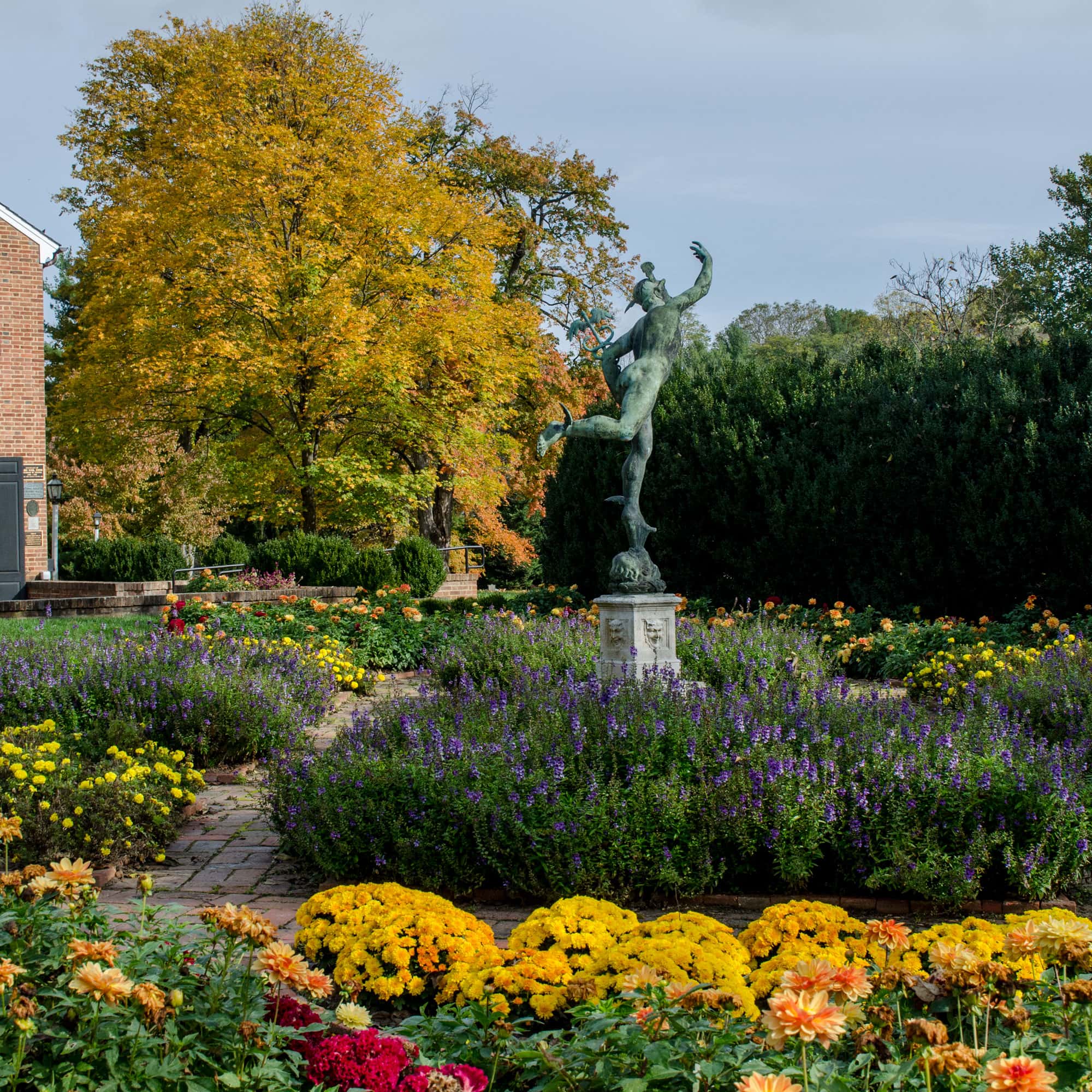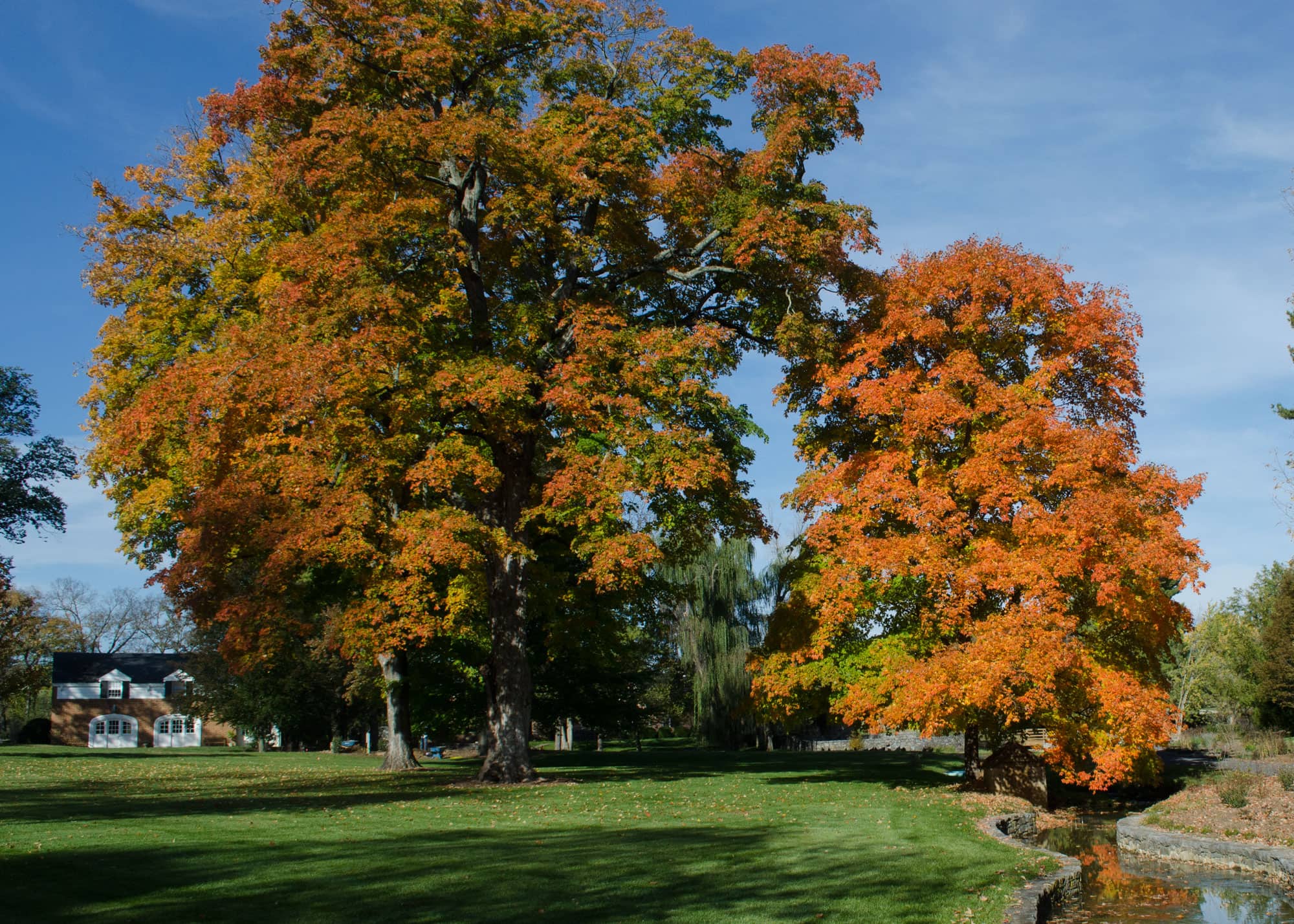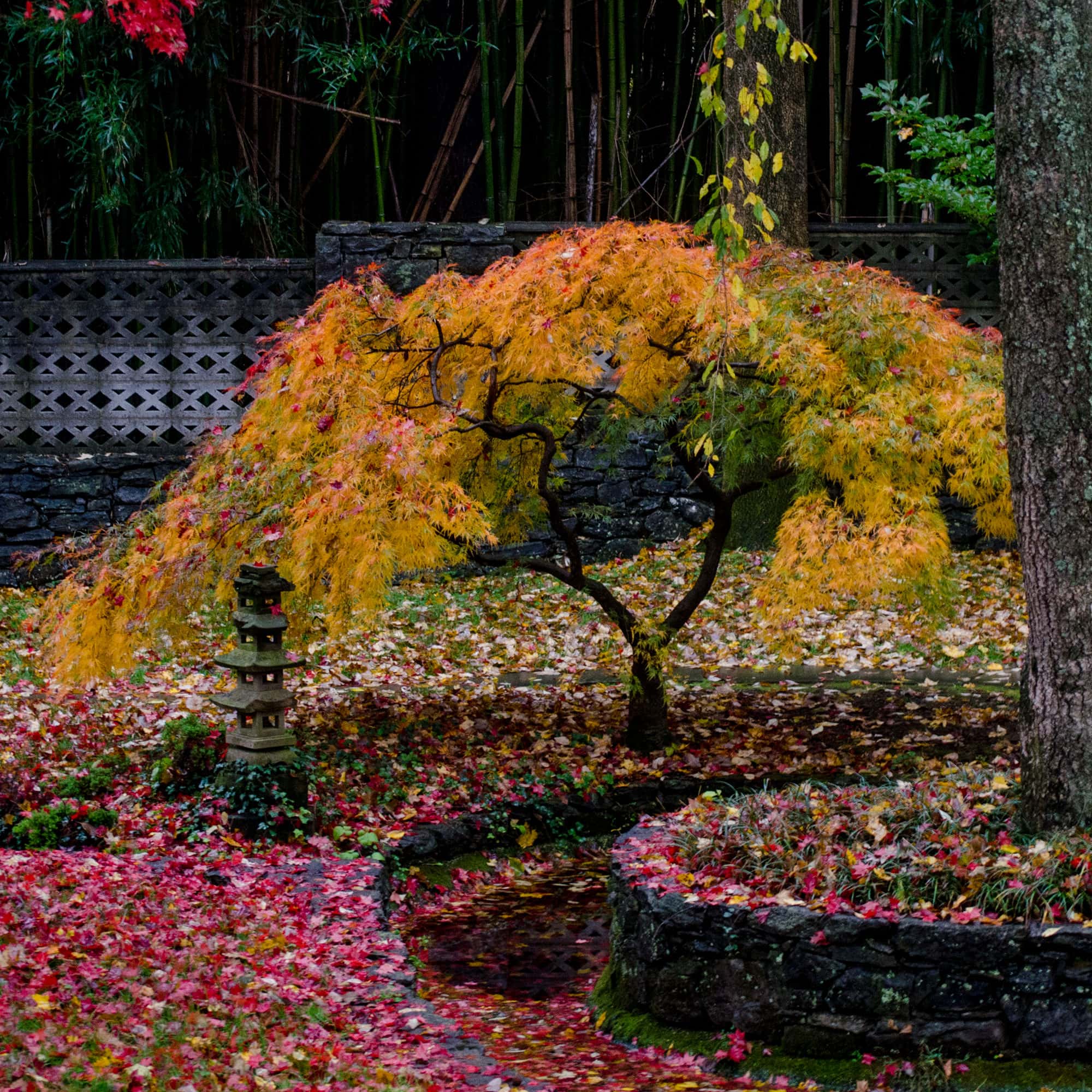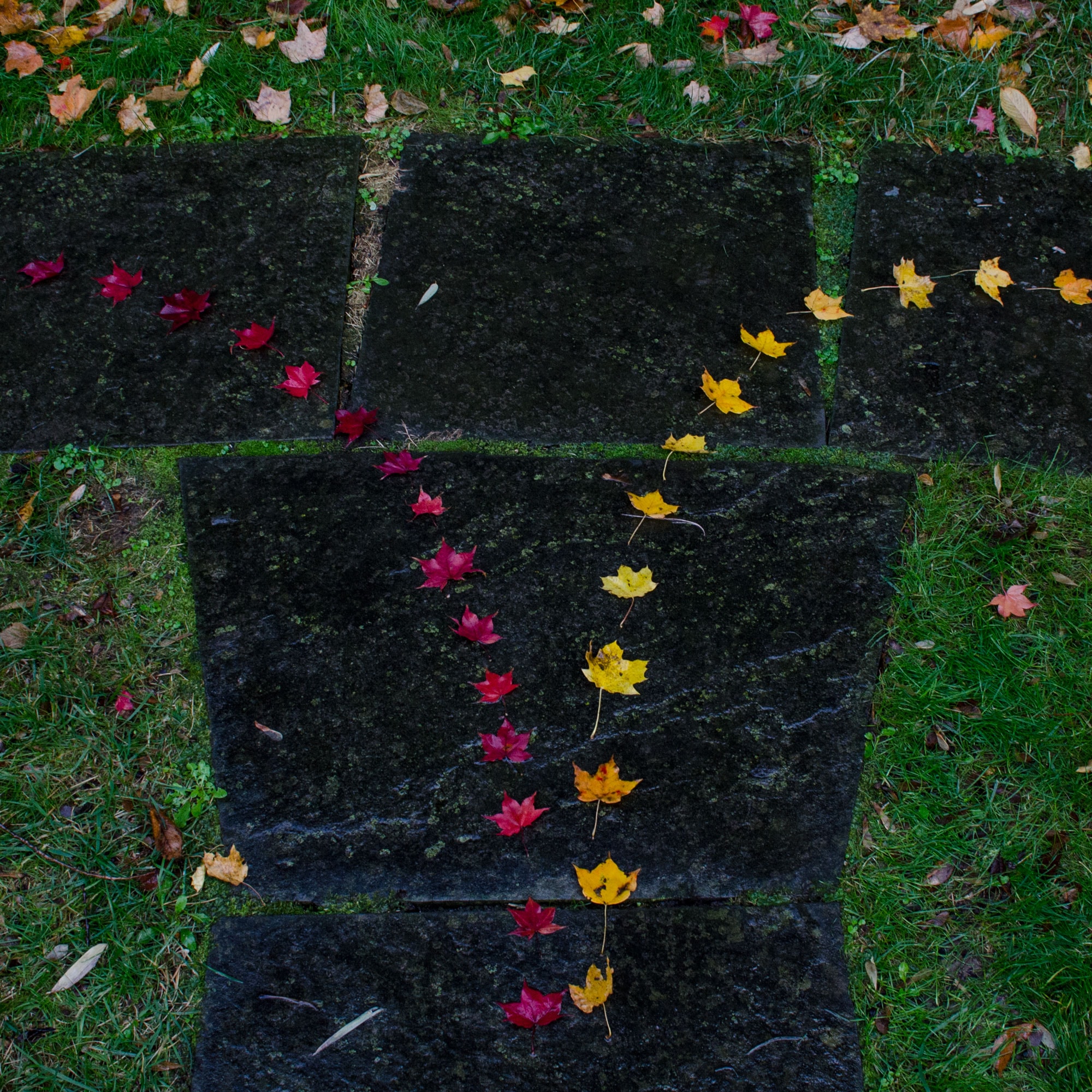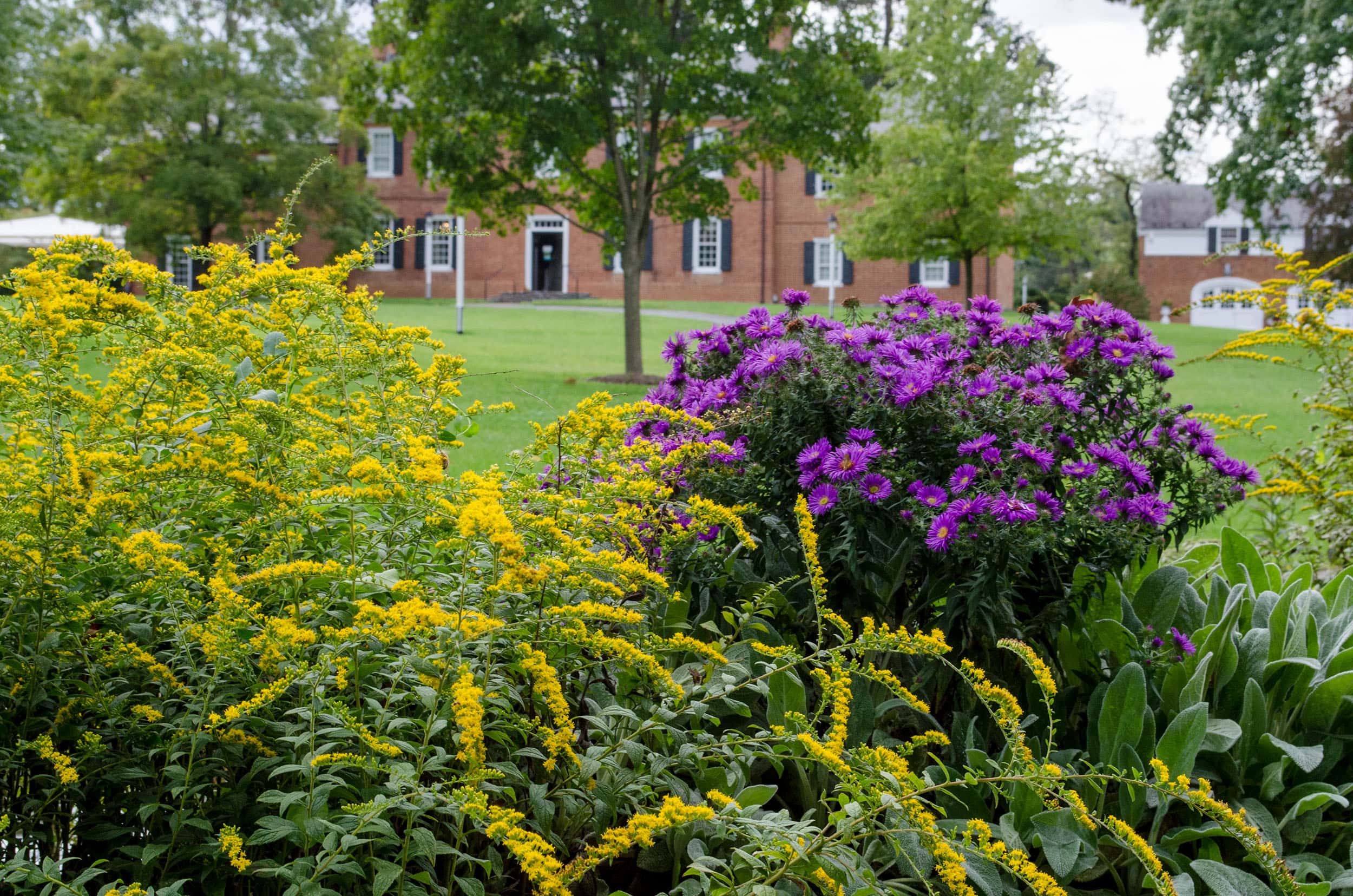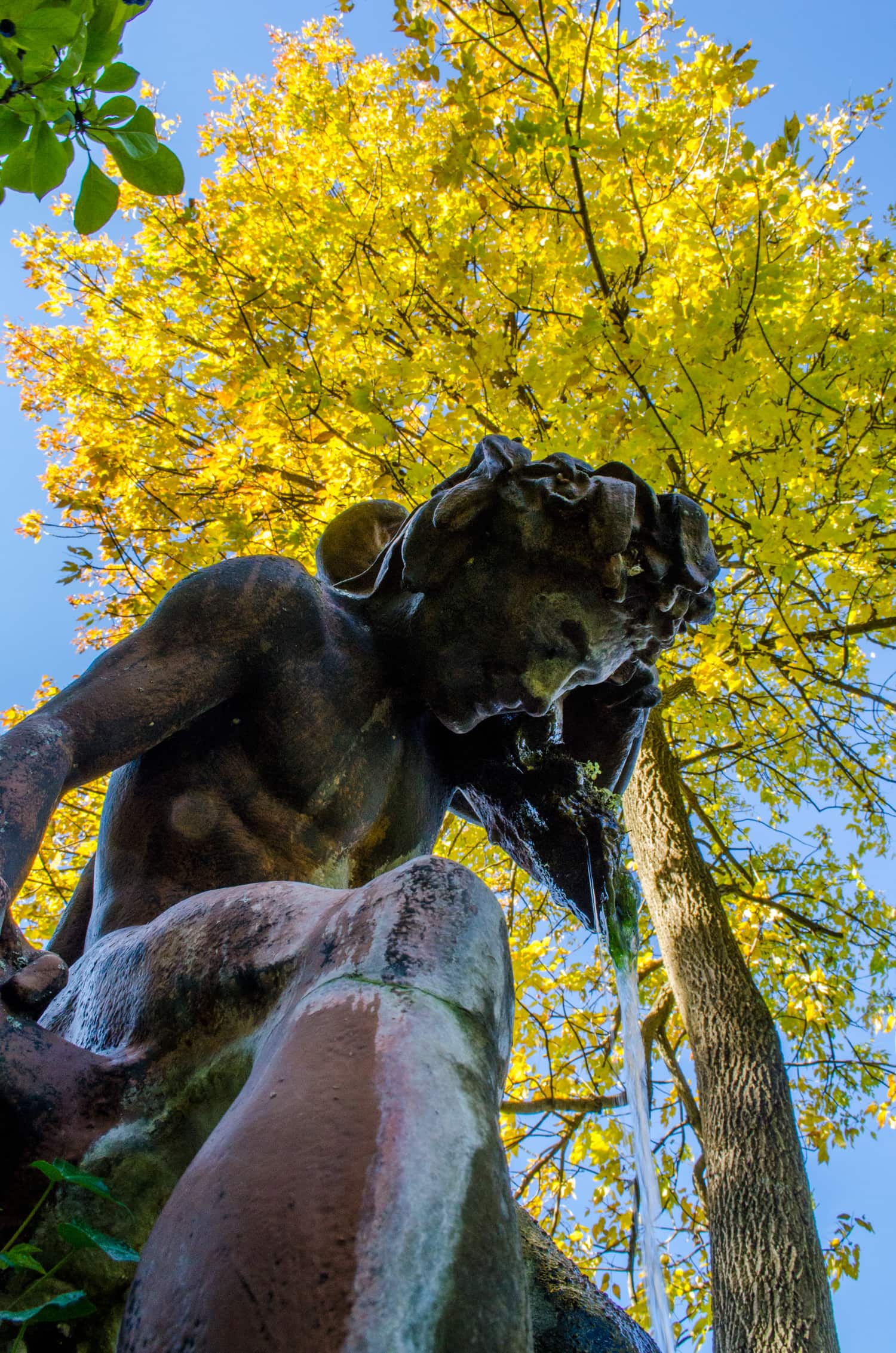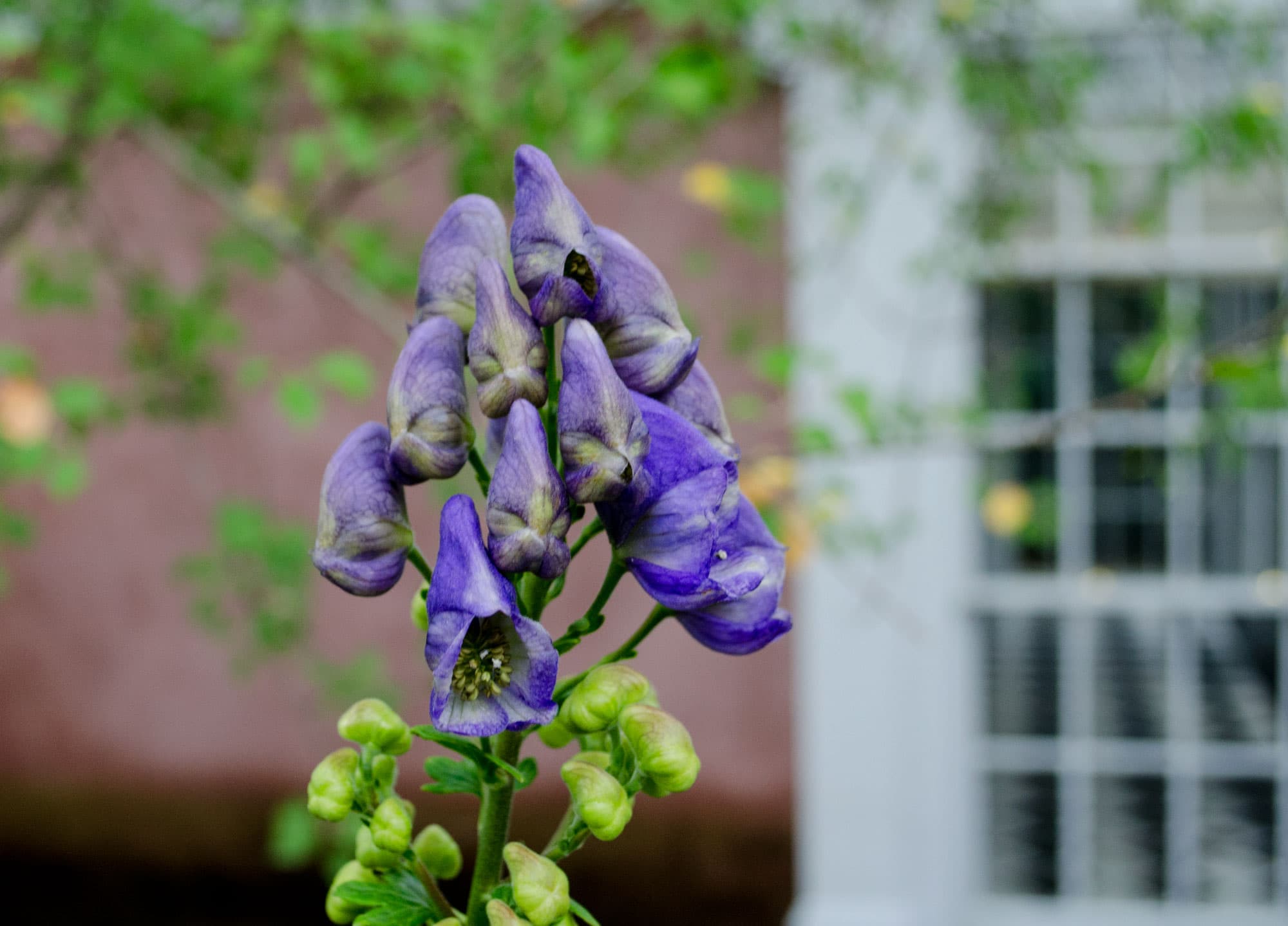“When is the best time to visit the garden?”
This is a question Director of Gardens Perry Mathewes gets frequently. The short answer is “Any time we are open.” Of course, a longer more complex answer requires you to pull up a chair for this read.
A good public garden has to account for the ever-changing seasons, weather, and the fact that people visit throughout the year. As a result, we don’t put all our plants in a single basket of bloom time. Each season, each week, each day, there is something special to see somewhere in the garden. The autumn garden at the MSV is a perfect example of this.
When people hear autumn flowers, thoughts immediately turn to chrysanthemums, but many of our late summer plants continue to bloom as the weather cools. The annual displays of zinnias, salvias, cockscomb, globe amaranth, and others are still going strong. A few annuals may be struggling, but others are happy to keep the show going until the first frost.
Several late summer perennials really take off in the early fall. Asters, goldenrod, turtlehead, Jerusalem artichoke, and others all put on a big show as the calendar flips into October. Other perennials practically wait for the Halloween decorations to come out. Toad lily, Tartarian aster, monk’s hood (aka wolfbane – a perfect Halloween plant), and witchhazel all make their appearance as other flowers begin to fade with the shorter days. While the floral displays may not be as boisterous as a spring or summer garden, these flowers do reward the late season visitor.
Fall foliage is one of the first things people think about when you mention autumn. Our garden has a nice extended display of color for several weeks. It is a rolling display without a true “peak” like you might find on Skyline Drive. The first maple to usually turn is along Town Run at the ram (the little house on the stream’s edge). Then the sugar maples across the front yard start to turn bright orange, followed closely by the yellowing beeches. While generally happening in early to mid-October, the timing of this colorful change is very weather dependent, based on when the nights start to get cold. The best color comes from a combination of cool nights and warm days.
As we roll into November, many of the trees in the main garden start to drop their leaves, but in the Asian Garden the show is just starting. Several Japanese maples, and a weeping cherry put on one of my favorite displays of fall color of oranges, reds, yellow. Occasionally the ash on the knoll over the Water Garden will get in on the action and adding an extra pop of yellow.
While the color on the trees is spectacular, people often forget that many of our shrubs are just as brightly colored. Scattered around the garden you will find more intimate displays put on by sweetshrub, witch alder, witchhazel, Carolina allspice, winterberry (the foliage is almost as showy as the berries), service berry, viburnum, and many more.
As all these leaves fall, a garden visitor is treated to carpets of color on the ground, draped across walls, and floating in our waterways. This is another lingering opportunity to enjoy the beauty of fall.
So, is there a best day to come visit? Yes there is. It is the day you show up for a walk around the garden. I hope you have many best days this fall.
